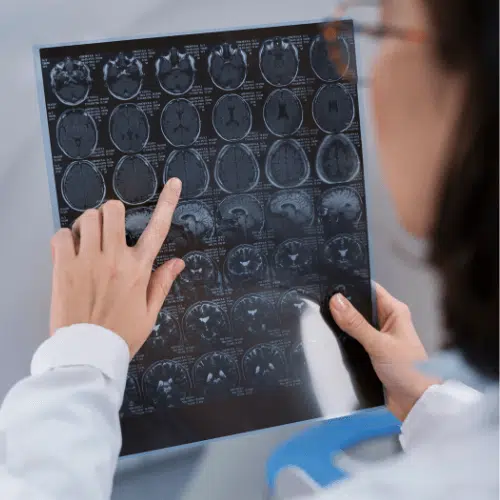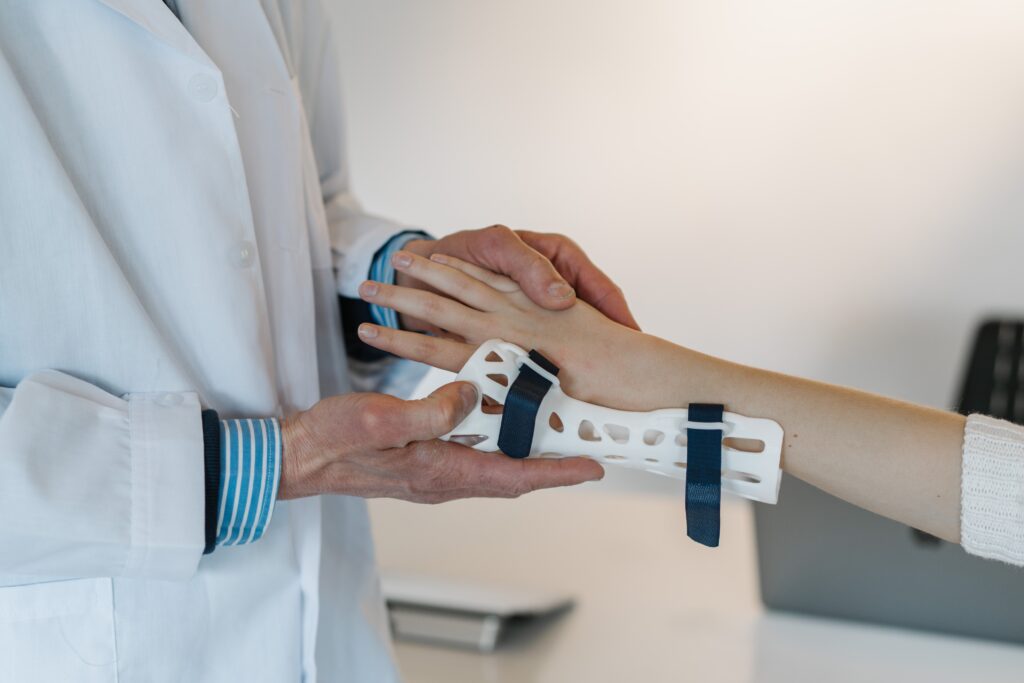Axis Spine And Orthopedics Fundamentals Explained
Axis Spine And Orthopedics Fundamentals Explained
Blog Article
Everything about Axis Spine And Orthopedics
Table of ContentsThe Greatest Guide To Axis Spine And OrthopedicsOur Axis Spine And Orthopedics DiariesFacts About Axis Spine And Orthopedics RevealedThe Best Guide To Axis Spine And Orthopedics
An orthopedic specialist is a physician that specializes in treating troubles of the bones, joints, and connective cells, and ensuring you keep a healthy bone and joint system., we have actually very qualified orthopedic surgeons that are capable of dealing with clients of all ages. I obtained included in study during my first year of clinical school, and I began making connections with orthopedic specialists early on.
Follow these guidelines meticulously to prevent difficulties during the treatment. Talk about the post-operative treatment plan with your doctor. Understand what to expect throughout the healing duration and the length of time it will certainly take to return to daily activities. Set up for transport to and from the health center on the day of surgical treatment.
8 Simple Techniques For Axis Spine And Orthopedics

Your physician will certainly provide plenty of details regarding post-operative care, consisting of how to remain tidy and keep the medical location tidy. Following these suggestions can prepare you literally and mentally for your orthopedic surgical treatment. Bear in mind to keep a favorable outlook and trust your medical team's proficiency, contributing to a smoother healing procedure.

Otherwise, you'll just obtain perplexed. Believe regarding the huge photo. Nobody expects you to recognize anything, so do not try to remember a lot of random realities. Whether you're following your youngsters, dealing with hiking trails, or flaunting your ideal dancing relocations, keeping your bone and joint system in excellent form is necessary. Otherwise, joint pain can actually ruin your life.
The consistent ache in your knee or the rigidity in your shoulder can slow you down and make straightforward jobs challenging. Usual conditions dealt with by orthopedic surgeons are: Cracks and Bone Injury: Broken bones and other injuries from mishaps or effects. Joint inflammation: Particularly osteo arthritis, which creates joint pain and rigidity. Benign Soft Tissue Lumps: Non-cancerous growths in muscles or various other soft tissues. Bone Cancer: Tumors in the bones. Bursitis: Inflammation of the little cavities of.
The Definitive Guide to Axis Spine And Orthopedics
fluid that support the bones, ligaments, and muscles near your joints. Neck and Lower Neck And Back Pain: Concerns influencing the spinal column. Orthopedic Injury: Extreme injuries influencing bones, joints, or soft tissues. Sports Injuries: Issues like tendon rips, ligament injuries, and joint pain from athletic tasks.
Orthopedic surgeons perform a variety of treatments to aid individuals with bone and joint concerns. Aside from these subspecialists, some orthopedic specialists are generalists. Training might include standard medical college (a doctor of medicine degree, or MD)or osteopathic education and learning (a medical professional of osteopathy level, or DO) - axis spine.
The Only Guide for Axis Spine And Orthopedics
Next, they complete an orthopedic residency. It's typically five years and provides hands-on understanding in a clinical setting. Limited activity due to discomfort. Rigidity. First consultations frequently include: Reviewing your symptoms, case history and way of living. A physical examination, consisting of moving the affected joint in details methods. Imaging researches, such as an X-ray. Explanation of your medical diagnosis.
Therapy recommendations. Some problems require added imaging, like a CT check or MRI for more thorough sights of the excruciating location. Your orthopedist will suggest treatments to reduce signs and symptoms up until you obtain a diagnosis. Orthopedic surgeons focus on nonsurgical and surgical strategies. For specific sorts of orthopedic injury or genetic problems, surgery is typically the initial line of treatment. For many other conditions, orthopedists attempt nonsurgical treatmentsfirst. It might take greater than one type of treatment to attain lasting relief. Choosing the right is vital for successful surgical results and enhanced individual healing. With a variety of options available out see this here there, it can be frustrating for both cosmetic surgeons and individuals to make an educated choice. The leading 5 variables to take into consideration when choosing an orthopedic implant are medical compatibility, cost-effectiveness, factors to consider for alteration surgery, patient-specific elements, and the design and innovation of the implant. They can be found in various forms, dimensions, and materials, each serving a specific purpose based upon the patient's demands. Recognizing the fundamentals of orthopedic implants is critical prior to diving into the decision-making process. One of the leading factors to consider when picking an orthopedic dental implant is its compatibility with the medical treatment. Different implants are designed for different surgical techniques and strategies. The orthopedic dental implant must be specifically made to fit the individual's composition and ensure security throughout the healing procedure. Surgical compatibility includes factors such as dental implant dimension, shape, and product. The success of orthopedic procedures counts greatly on the proper selection and positioning of implants that are compatible with the person's composition and case history. By focusing on patient safety and security and wellness, orthopedic cosmetic surgeons can achieve effective results and give the finest of like their clients. Doctors should meticulously think about the biomechanical buildings of the dental implant and just how it will incorporate with the patient's bone framework. This will add to much better medical outcomes, lowered problems, and much shorter recovery time. When selecting implants for a person, it is necessary to consider a range of patient-specific aspects that can affect the success and outcome of the procedure. These factors include the person's age, bone quality and quantity, oral health and wellness standing, case history, way of life behaviors, and aesthetic choices. For older patients with compromised bone density, shorter implants or grafting procedures might be valuable to provide the required stability and assistance. 3. Is the dimension of the orthopedic dental implant an important factor to consider? Just how does it affect the medical treatment and the patient's healing? Yes, the dimension of the dental implant is essential as it should match the client's structure for correct fit and functionality. 4. Can the client's age and lifestyle play a function in choosing the most ideal orthopedic implant? Definitely. Just how does the price of an orthopedic dental implant variable into the decision-making procedure, and exist methods to balance high quality with price? The price of the dental implant is a crucial consideration, but it needs to not be the single determining variable. Stabilizing high quality with affordability includes evaluating different implant alternatives 'long-lasting benefits and potential difficulties. Report this page